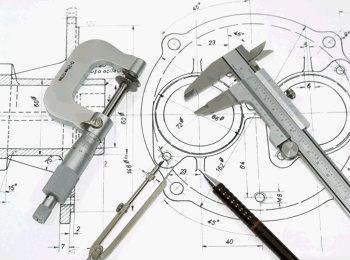Content hub
From application notes to blogs, news items to infographics, we've got a wealth of advice about VOC and SVOC analysis that we'd like to share with you. Simply use the search function or use the drop-down selectors to filter by content type, sampling method and/or application area to discover more.

PFAS emissions from food contact materials
Application Note 168

Optimising automated GC–MS analysis of fragranced and aromatic products to improve product differentiation
Application Note 287

Advanced GC–MS techniques in polymer chemistry
On-demand webinar

Fast, highly sensitive extraction of cheese volatiles using milder sampling conditions with vacuum-assisted SPME–trap and multi-step enrichment
Application Note 286

Re-collect 10
Easy-to-use replicate generation for sorbent‑tube samples

Selecting a HiSorb™ phase type for your application
11 July 2024

Dual-TD
Higher productivity and faster results

TD100-xr thermal desorber – system familiarisation
2 hour pre-recorded training

Monitoring of ozone depleting substances and greenhouse gases – product portfolio
On-demand webinar

Understanding the updated HON rule: Impacts on air monitoring at chemical plants
14 June 2024

Targeting tumour-associated aldo-keto reductase activity with exogenous volatile organic compound (EVOC®) probes using high-capacity sorptive extraction (HiSorb™) and GC–MS to detect lung cancer
Presented at Pittcon 2023

Markes Instrument Control (MIC™) software
Explore
Re-collect 10
Re-collect 10 enables reliable generation of up to ten replicates from a single sample and enhances workflow efficiency.

Emissions of PFAS from fluoropolymer-coated cookware: Analytical advances and findings
On-demand webinar

Centri extraction & enrichment platform – system familiarisation
2 hour pre-recorded training

Overcoming challenges for air analysis of hazardous air pollutants (HAPs)
On-demand webinar

Analysis of trace volatile organic compounds (VOCs) and odour in post-consumer recycled resins by thermal desorption and GC×GC–TOF MS
On-demand webinar

US EPA extends proficiency testing to the ‘PAMS’ network for organic ‘ozone precursors’
23 May 2024




